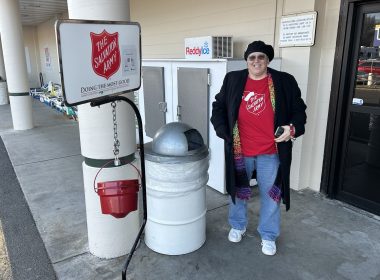By John Berglund –
What exactly is social justice, and why is it rarely discussed within the context of Emergency Disaster Services (EDS) training within the United States? Is the stumbling block that social justice resonates too closely to human rights or social gospel? Is the term too political, too progressive? Or is this glaring omission within emergency services trainings a learning gap, an educational issue, illustrating a need to interpret the term, and especially now for a new generation?
Although excluded in emergency services training stateside, social justice is a keystone of international relief and development training throughout the world. Human rights for disaster survivors—established in 1948 through the United Nations’ Universal Declaration of Human Rights—is yet another keystone of international relief and development training never discussed in our domestic training rooms. Life with dignity and respect for custom and culture are additional key concepts emphasized within international training, although unfortunately, often glossed over in our domestic emergency services curriculum.
Why?
After observing and participating in a wide range of emergency services training from coast-to-coast for over a decade, it became obvious that many a faith-based agency in disaster confuse humanitarian relief with benevolent goodwill, and interestingly, that misconception varies in degree depending upon geography as well as one’s cultural, educational and political background.
Humanitarian relief is not charity. The Universal Declaration of Human Rights, echoed by The Sphere Project’s Humanitarian Charter, clearly states that “all disaster survivors have a right to assistance, and all survivors have an equal right to equal assistance.”
Most faith-based agencies active in disaster understand the moral and ethical underpinnings of their disaster relief outreach, although few juxtapose their work in terms of a legal framework. Social justice, human rights, life with dignity, and respect for custom and culture are an integral component of our national character—American ideals written within our hearts, but not always front and center in our minds.
Within Christian fellowship, offering humanitarian relief without discrimination is both a scriptural mandate as well as an opportunity to demonstrate the worldview of Jesus. Humanitarian relief is not charity, nor is it an opportunity to promote a religious or political agenda, which violates all accepted codes of conduct for humanitarian workers worldwide.
Those affected most by disaster are usually those affected most by poverty.
Within emergency services stateside, the directive is often to restore individuals and communities to where they were pre-incident rather than restoring individuals and communities beyond where they were. Without a holistic approach, emergency services are often reduced to reactionary response activities, a mere catering or delivery service, rather than a strategic commitment to a recovery process.
For emergency services stateside, the best way to promote social justice and address human suffering is by building long-term relationships with individuals and communities, as well as with interagency and interfaith partners, resulting in a greater capacity to restore and transform the lives we serve.
____________________________
John Berglund serves in US Eastern Territory as the Emergency Services Director for the Greater New York Division as well as an international humanitarian worker and trainer for IHQ’s International Emergency Services (IES).
From salvationarmy.org/isjc











